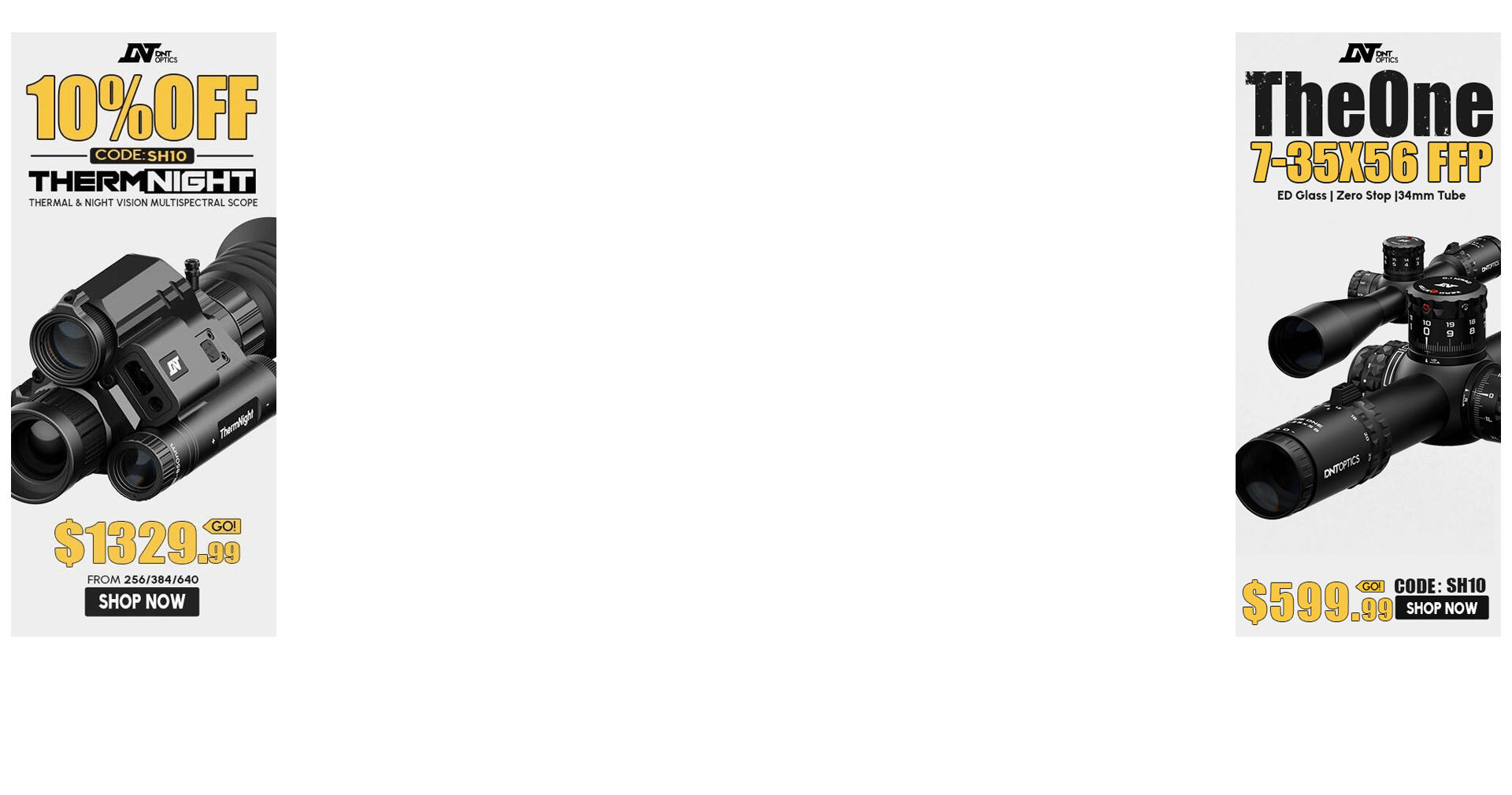Let's go through the basic prone approach.
- point the rifle/reticle at the target
- adjust bipod/rear bag/rifle
- stand behind rifle, straight
- get down on knees, then move weight forward while spreading legs out
- get your 'hands' on the rifle in that you bring your shoulder to it, keeping as straight as you can, pulling the slack out and then release your weight forward
ok, so lets say we did this all perfectly. How close is your reticle still to the EXACT spot you had it aimed to before all this? I'm normally on the target somewhere or on the board/backer/whatever, but then make the fine needed adjustments with the rear bag and my support hand and then recheck NPOA.
I've always wondered about this with other people. In my mind its doable but impossible to do consistently. With the changes in the way your rear bag lays, the terrain, bipod height, the way you pull the rifle back, the way your shoulder lays, etc I say on the target is as good as it gets.
- point the rifle/reticle at the target
- adjust bipod/rear bag/rifle
- stand behind rifle, straight
- get down on knees, then move weight forward while spreading legs out
- get your 'hands' on the rifle in that you bring your shoulder to it, keeping as straight as you can, pulling the slack out and then release your weight forward
ok, so lets say we did this all perfectly. How close is your reticle still to the EXACT spot you had it aimed to before all this? I'm normally on the target somewhere or on the board/backer/whatever, but then make the fine needed adjustments with the rear bag and my support hand and then recheck NPOA.
I've always wondered about this with other people. In my mind its doable but impossible to do consistently. With the changes in the way your rear bag lays, the terrain, bipod height, the way you pull the rifle back, the way your shoulder lays, etc I say on the target is as good as it gets.

